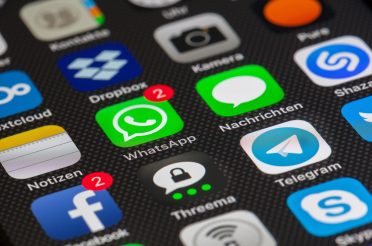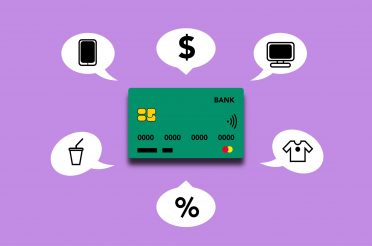By Chirayu Biyani
As of the beginning of 2024, the patent side of the US Patent and Trademark Office (USPTO) has given a jump start to “Design Patents,” with the effect of highlighting how attractive they can be as legal protection. While not every company will be like Apple, and have a portfolio of Design Patents to enforce as Apple did, against Samsung, that case from more than a decade ago illuminates the power of Design Patents. The new developments at the USPTO can benefit companies selling utilitarian products with distinctive design features.
Throughout the USPTO’s history, a large majority of the patent applications filed have been for Utility Patents. If a human inventor’s device or process is new, is useful, is not obvious, and has been kept at a certain level of secrecy, then after years of legal torture of the applicant, the USPTO may issue a Utility Patent (or where relevant, a Plant Patent).
In contrast, a Design Patent granted by the USPTO protects the ornamental design of a functional item, distinct from its utilitarian aspects. Design Patents thus safeguard the visual appearance or aesthetic features of a product rather than its technical or functional aspects. Inventors and designers seek Design Patents to ensure exclusive rights to their unique and original designs, preventing others from unauthorized copying or imitation.
Historically, both the private attorneys and the non-attorney “agents” who were eligible to file patent applications had to be members of the Patent Bar, and had to satisfy rigorous requirements for technical or scientific knowledge. This has not changed as to Utility Patents.
The requirements for scientific or engineering training that are rational as to Utility Patents, however, have never made sense as to Design Patents.
The USPTO has thus created a separate Design Patent practitioner bar, whereby admitted Design Patent practitioners can practice in Design Patent proceedings only. In the words of the USPTO, “Expanding the admission criteria of the patent bar encourages broader participation and keeps up with the ever-evolving technology and related teachings that qualify someone to practice before the USPTO.”
In addition, the USPTO has focused its recruiting and training of Patent Examiners to have a cohort dedicated to Design Patents.
Apple’s legal battle with Samsung mentioned above over the iPhone involved Design Patents covering various design elements of the iPhone, such as its rectangular shape with rounded corners, the grid layout of icons on the screen, and the design of the icons themselves. The decision set a precedent for broader interpretation and enforcement of Design Patents, potentially influencing future intellectual property disputes in the tech industry.
The process of obtaining a Design Patent from the USPTO involves submitting a detailed application, including drawings or photographs illustrating the design claimed. These drawings or photographs must accurately represent the ornamental features for which protection is sought. The USPTO examines the application to determine if the design meets the criteria for patentability, including novelty, non-obviousness, and proper subject matter. If the application satisfies these requirements and no prior art conflicts exist, the USPTO grants the design patent.
While on average Design Patents are examined and issued more quickly than Utility Patents, on an unexpedited basis they still take more than a year from initial application to approval.
Design Patents are cost-efficient and quicker to obtain compared to Utility Patents, and also provide “patent pending” status that serves as both a marketing tool, and a deterrent to potential infringers. Waiting to pursue a Design Patent until after product launch or public disclosure can jeopardize patent protection and result in lost opportunities.






